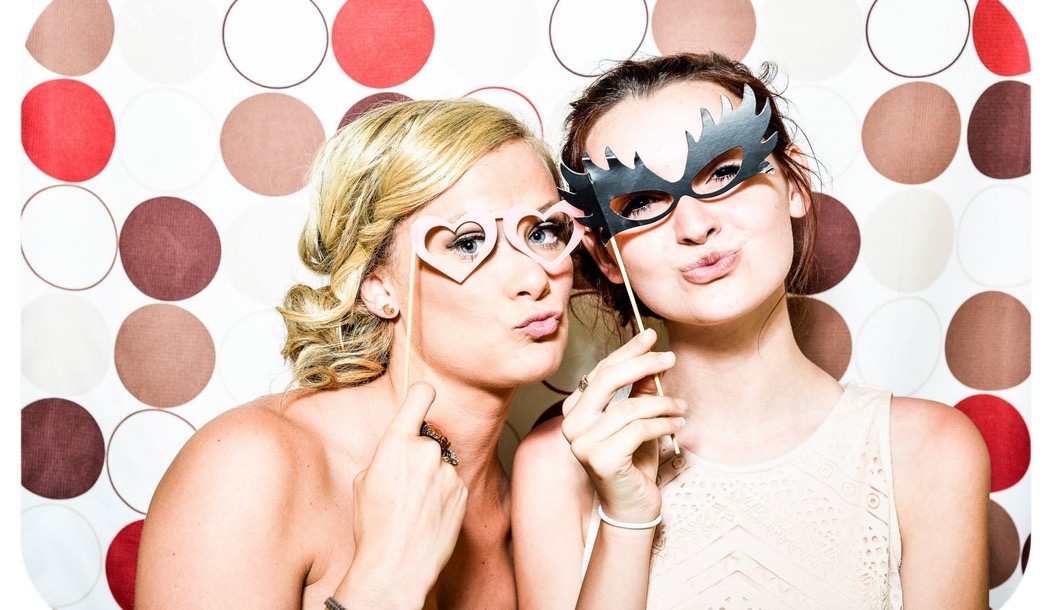

If you stuck to our suggested 2017 business goal, you should have created or at least started your Fashion Brand Playbook by now. If you did, you’re ready to move on to an additional resource – the Fashion Brand Style Guide.
A style guide establishes and enforces style to improve communication.
These two resources are important to have on hand. They help maintain brand consistency for your audiences and provide the framework for all business, marketing, and branding decisions.
The information contained in the brand playbook and style guide enables your team to consistently be on the same page about brand attributes.
If you’re a team of one – these documents are still useful because they make it easier to retrieve information when you can’t remember it off the top of your head. They also provide references for contractors when you bring them in for help with specific tasks (i.e. a photographer for example).
What is a Style Guide
A style guide is a document that provides guidelines, or even rules, and best practices for your brand’s visual identity and language styles.
A strong style guide outlines all of the basic design elements and language choices that are needed to create consistent messaging that your current audience will recognize, as well as attracting new audiences who identify with your brand. This includes typefaces, colors, logo use, text and tone, and the emotion behind the brand.
Visual identity includes all the visual elements of a brand, such as logo and color palette among other details.
Language styles influence the way the brand is communicated through attitude and tone. It influences the way the brand will sound or read. It may contain detailed information about applications of the brand through different channels, such as physical display banners to digital advertising. It includes words and phrases that your brand uses and does not use.
Below, we we made an outline of style guide information you may want to include. Fill out the areas listed below and keep it in an easily accessible document.
Your Style Guide
- Colors: What are the colors used in your logo, website, and other marketing materials? Describe your brand colors and corresponding RGB, CYMYK, and Pantone values.
- Palette: Expanding on the above, you may want to choose an extended palette from which to work from. This may include colors that can be used for backgrounds, text, and other design elements. Having this information on hand helps you adapt to situations where there are unexpected uses of color that you can’t work around (if you have to adapt to someone else’s signage), or when you choose to experiment with your visuals (ex. photo shoot backgrounds).
- Logo: Show all versions of your logo here, which means in all colorways (black and white, one color, all colors), and uses (do you ever break it up in different ways?). Detail out the colors, minimum size, maximum size, and space around the logo. Also display ways in which the logo is *not* to be used.
- Fonts: Choose fonts that reflect your brand identity and think of the use-cases where you will need them. For example, text on your logo tag in garments, on a website, hangtags, blog, signage, and other collateral. It is essential to be consistent with your typography. You may choose different typefaces for different purposes. In your guide, describe when to use what typeface. For example, you may want to choose a different text for a header and body, or for web versus print.
- Language and Tone: A brand voice is equally as important as the visual style. Start with thinking about your target audiences and create a voice and attitude that would appeal to them. Should the tone be formal, or more conversational? Outline the type of acceptable language that will be used. Include particular words and phrases that should always appear and include words that should be avoided. Get specific and detail out how you use spelling and punctuation, numbers, capitalization, lists, emojis, etc.
- Description of brand aesthetic: This can be a general description that provides context for all creative work. What are your sources of inspiration? What are the artistic principles or elements that guide you? For example, do you consider your line to be minimalist or is it showy and extravagant? Do you produce a lot of neutral colored clothing, or is your line about patterns and prints. How do garments fall on the body – are they structured or flowing? There are many ways to tackle this exercise, it must be very specific to the brand’s vision.
- Photography: This may change from creative update to update, but it’s nice to have a general description, similar to the brand aesthetic breakdown. Include the types of moods you go for, locations, specific shots you like to get, type of lighting, etc.
- Models: List what type of model looks best to convey your brand’s aesthetic. You may even want to list out makeup and hair guidelines.
- Images/Iconography: Describe the types of graphics that you may use with brand elements and include how images will be gathered, edited, and used.
Style Guide Evolution
Over time, you will find new opportunities to communicate with your audiences and you may need to update and expand your style guide so it reflects all media channels and opportunities.
As mentioned several times throughout the document – consistency is key to building an enduring brand. It’s critical to stick to the style guidelines as much as possible. If you find that your brand changes, or takes a different route altogether, you may need to re-brand and start over.
